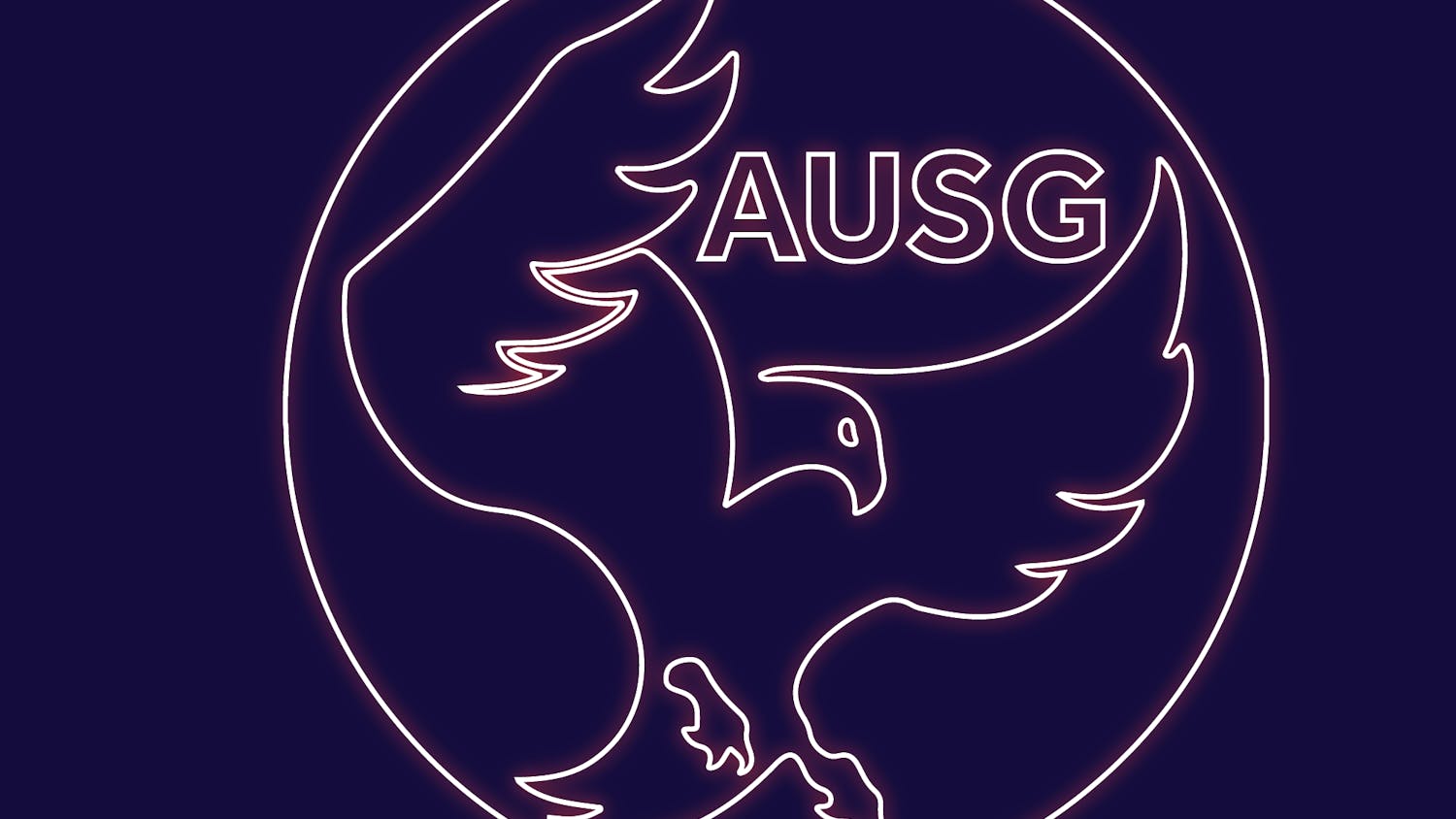Students working at Georgetown University's largest on-campus newspaper, The Hoya, are not giving up in their struggle for independence from the university. However, a recent trademark dispute over the paper's name has proven burdensome.
In August 2006, the president and directors at Georgetown applied for rights to The Hoya's masthead, according to information obtained from the U.S. Patent and Trademark Office's Web site. If they approve the trademark, it would prevent the newspaper from branching off independently under its current name.
The newspaper's staff has received a time extension before the university's trademark request is approved. Next week, they hope to meet with university administrators to discuss a potential leasing of the Hoya name, according to Hoya Editor in Chief John Swan.
"We are pretty determined that we can walk away with an agreement with the university," Swan said.
The paper has been owned and funded by the university since its founding in 1920. Members of The Hoya's staff regard this as a serious conflict of interest, said Alex Schank, chairman of The Hoya's board of directors.
"It goes without saying that a newspaper that reports about a university should not be owned by that university," Schank said. "This is a serious credibility issue."
Hoya staff members began negotiations in 2004 to gain independence. University officials agreed to allow an independent student newspaper on the campus, but under one condition - the Hoya name remained university property. Schank said this put the staff in a difficult position - go independent or keep the name.
"The name is obviously more than a label for us," he said. "It's our identity as a campus organization. It's an 88-year-old Georgetown tradition. We think it'd be a shame for it to die."
To date, the university maintains that it places few restrictions on the publication.
"The Hoya has full editorial freedom, and we have made that commitment to them," said Todd Olson, the university's vice president for Student Affairs. "We are in conversation with The Hoya's student leaders about these issues and will continue working with them."
It is crucial for a news source to have journalistic freedom, said Tony Owusu, a junior in AU's School of Communication.
"If there is censorship in the media, the media has lost all its purpose - it loses all its journalistic credibility," Owusu said.
Currently the paper is not allowed to advertise for contraceptives, abortion rights ads or anything contrary to Catholic teachings, according to Swan.
In the 2006-2007 fiscal year, The Hoya earned $110,000 in advertising revenue, according to The Hoya's Web site. Most of this money, however, had to be forfeited to the University Media Board, which allocates money to campus publications.
While Swan maintained that the paper is allowed almost complete editorial freedom, he said such financial restrictions are an important reason for it to go independent rather than be forced to start at zero every year.
Some university officials believe difficult financial years, such as the one the paper experienced in 2001, demonstrate why the paper should remain under university control, Schank said.




